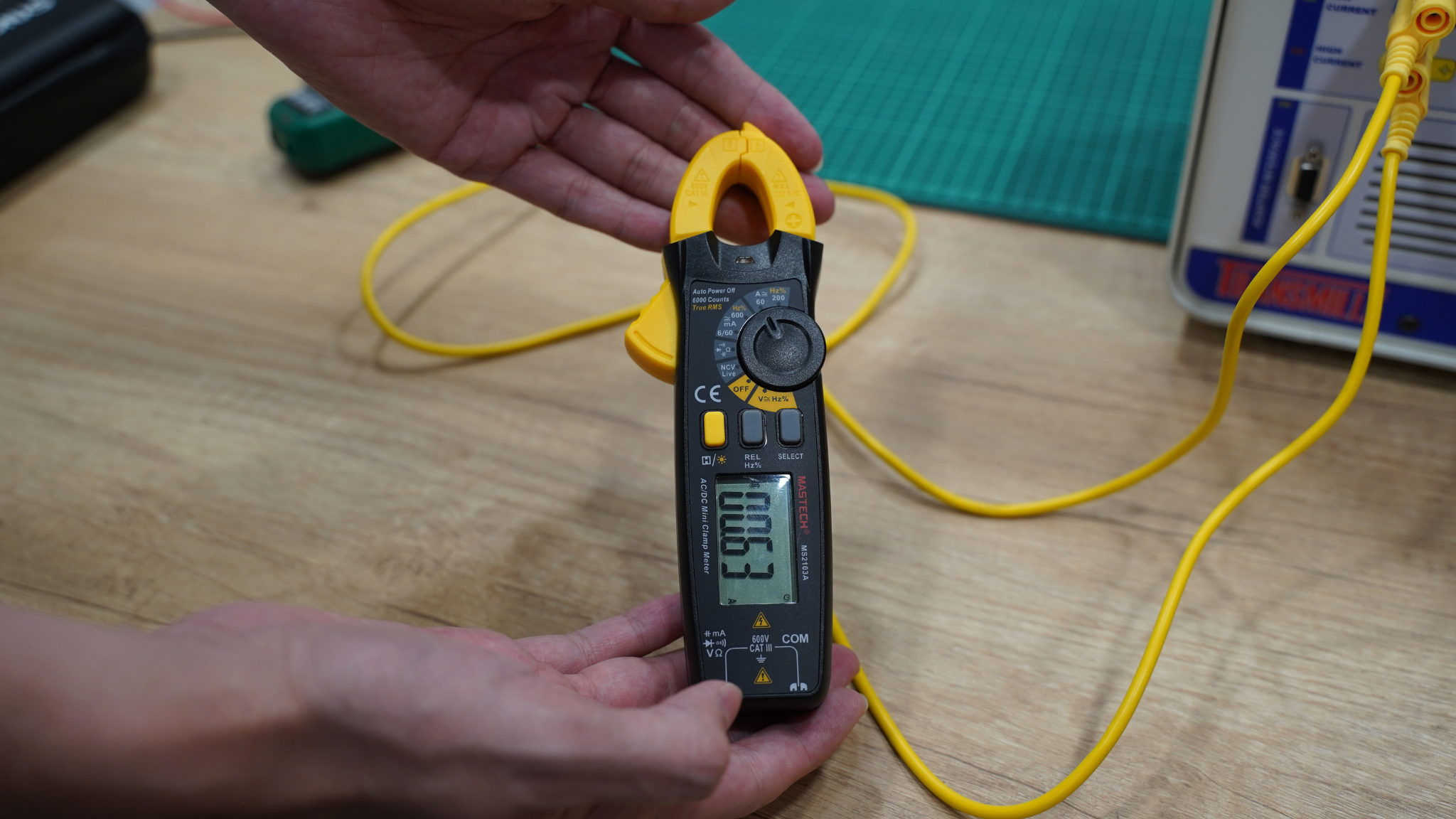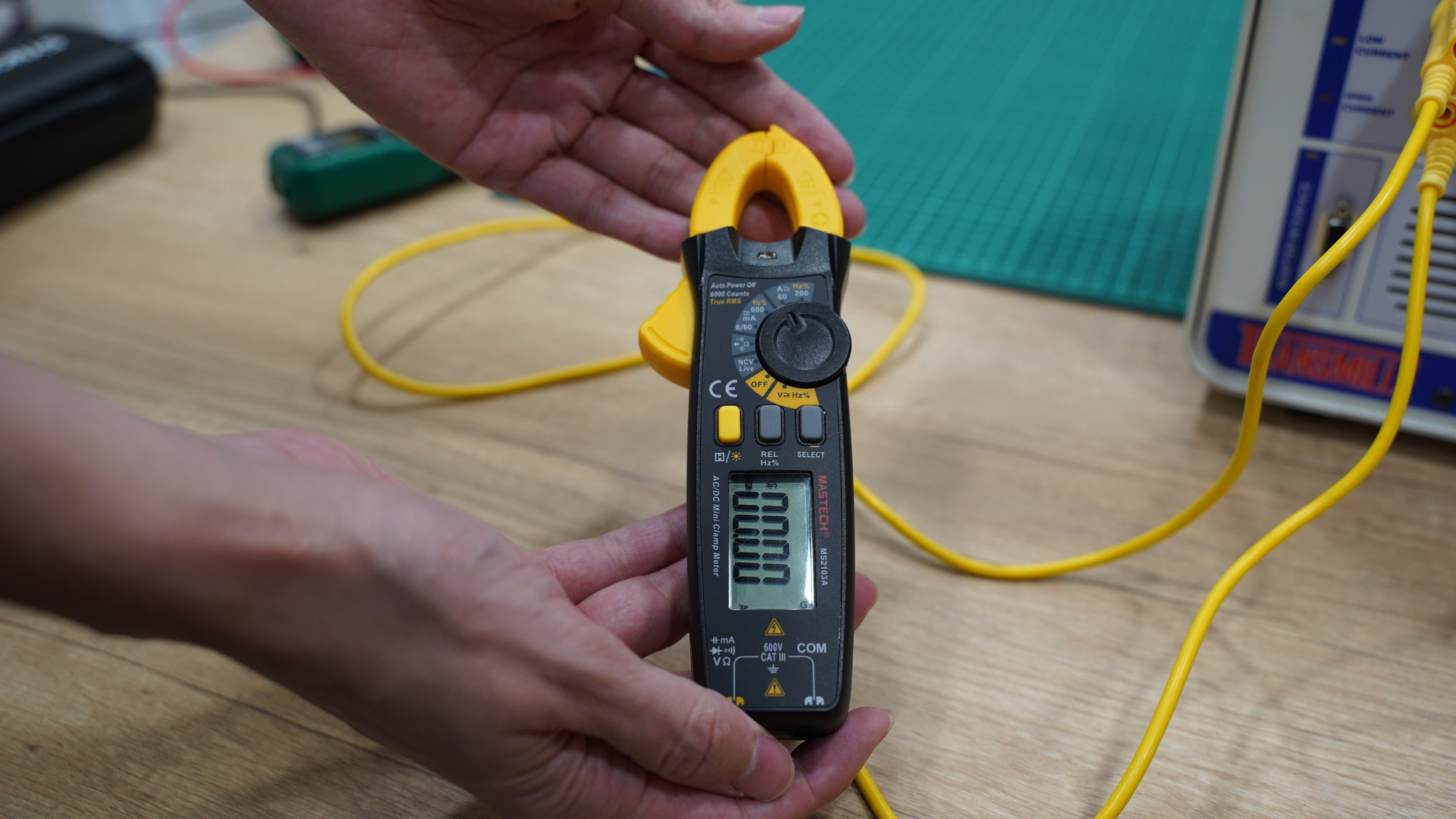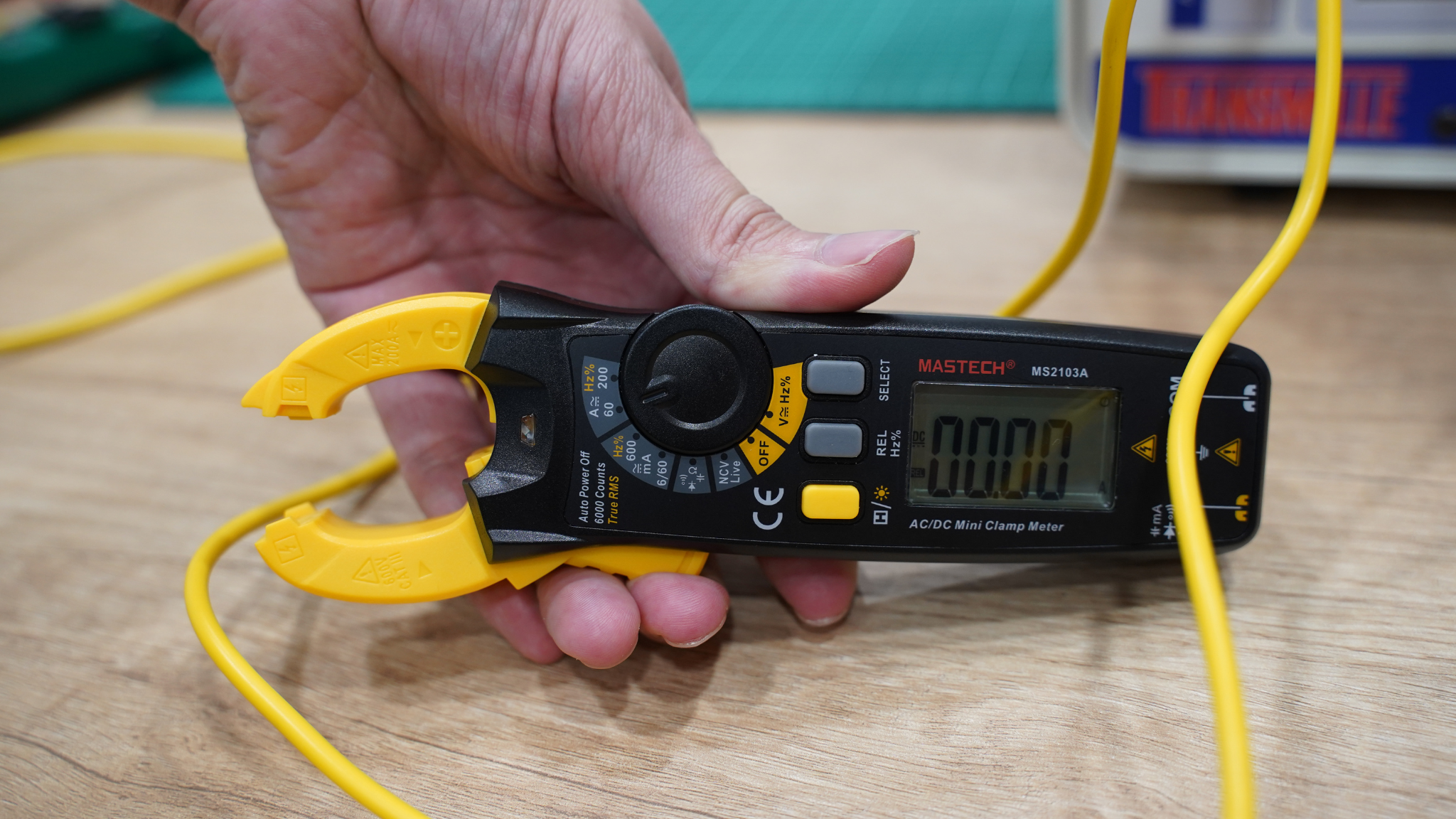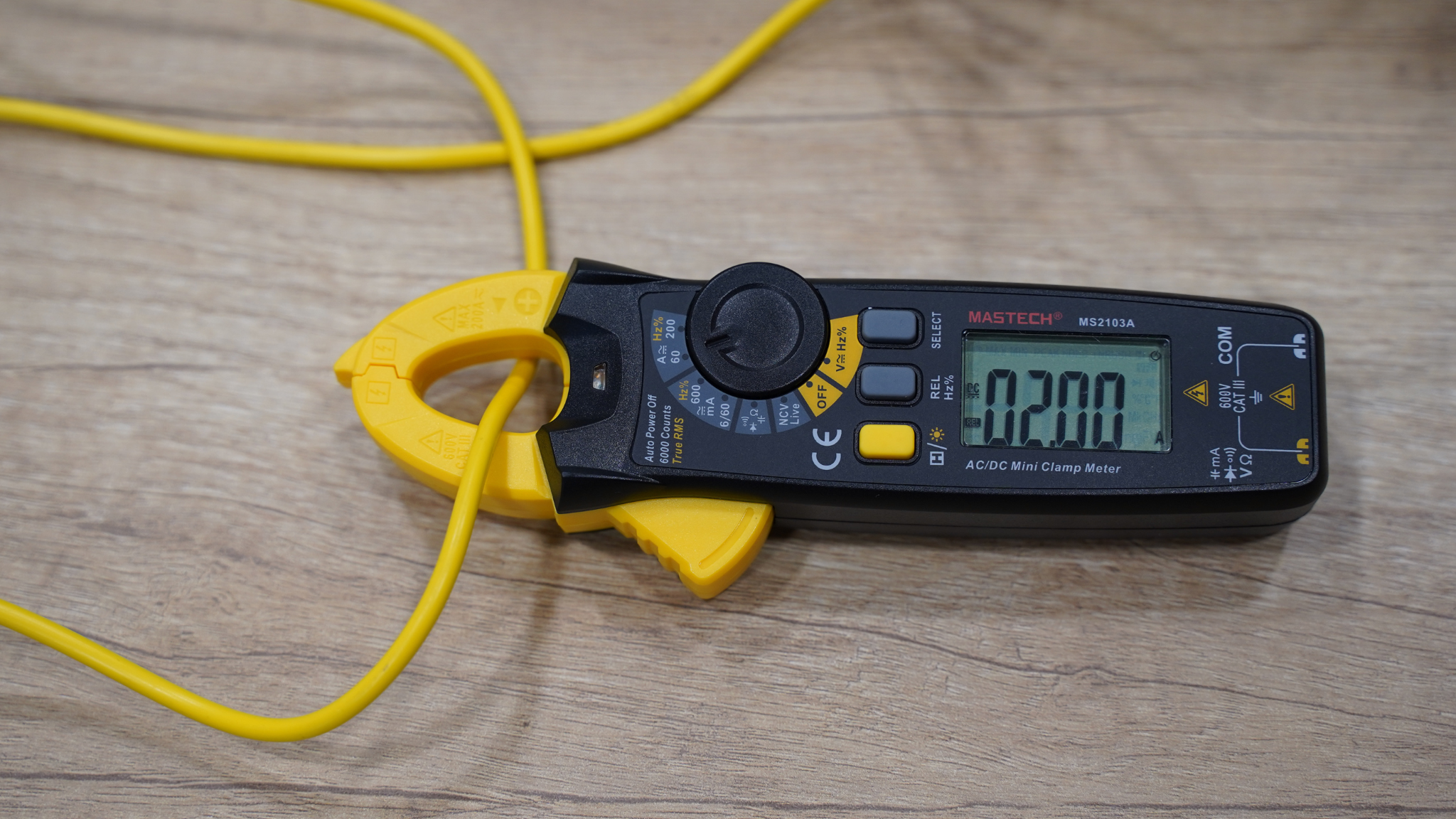How to Measure DC Current with a Clamp Meter
How to Measure DC Amperage Using a Clamp Meter
If you're already familiar with what DC amperage is and why it matters (if not, check out our previous blog post), you're probably wondering how to measure it in a safe and effective way. That’s where a clamp meter with DC capability comes in.
Here’s a quick, step-by-step guide to measuring direct current (DCA) using a clamp meter, along with tips to get accurate readings.
What You’ll Need
- A digital clamp meter that supports DC amps (look for “DCA” or “DC A” on the dial)
- A circuit carrying DC current (e.g. a car battery, solar panel system, or DC power supply)
- One conductor exposed or isolated from the rest of the wires (this is essential)
⚠️ Note: Not all clamp meters support DC current. Make sure your device includes Hall Effect sensors or mentions DCA specifically.
Step-by-Step: How to Measure DC Amps with a Clamp Meter
1. Power On and Select DCA Mode
Turn on your clamp meter and set it to the DCA or DC A setting. Some models may have a shared AC/DC amp mode—double check the symbols or manual.


2. Zero the Meter (If Needed)
Most clamp meters with DCA functionality have a zero or “REL” button to account for magnetic interference. Press this before taking a measurement to ensure accuracy.


3. Clamp Around One Conductor Only
Open the clamp and close it around only one wire carrying current—not the whole cable. If you clamp both positive and negative wires at once, the current cancels out and reads as zero.


4. Read the Value on Screen
You should now see the DC amperage value displayed in real time. Make sure the wire is centered in the clamp for best accuracy.


5. Interpret the Result
Depending on your setup, your reading might show:
- A steady draw (e.g., 2.4A in a lighting circuit)
- A spike during startup (e.g., motors or compressors)
- A very low draw (e.g., parasitic drain in automotive circuits)
Tips for Better Accuracy
- Always zero the clamp away from strong magnetic fields or power cables
- Avoid measuring in tight bundles where it's hard to isolate one wire
- Use the lowest range available on manual meters to increase resolution
- For low currents (<1A), make sure your meter has high-sensitivity (1mA or better)
Conclusion
Measuring DC amps with a clamp meter is fast, safe, and non-invasive—as long as your meter supports it and you follow the right technique. It’s a must-have skill for anyone working with modern electronics, vehicles, or home energy systems.
2025-05-27

 Mastech CN
Mastech CN Mastech TW
Mastech TW